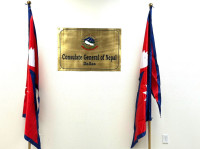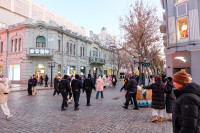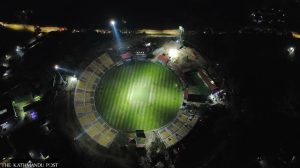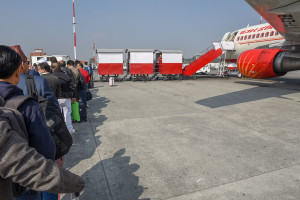Nepali Diaspora
Affordable places for Nepali students in Kyoto
A guide to economical housing options that provide comfort in this Japanese city.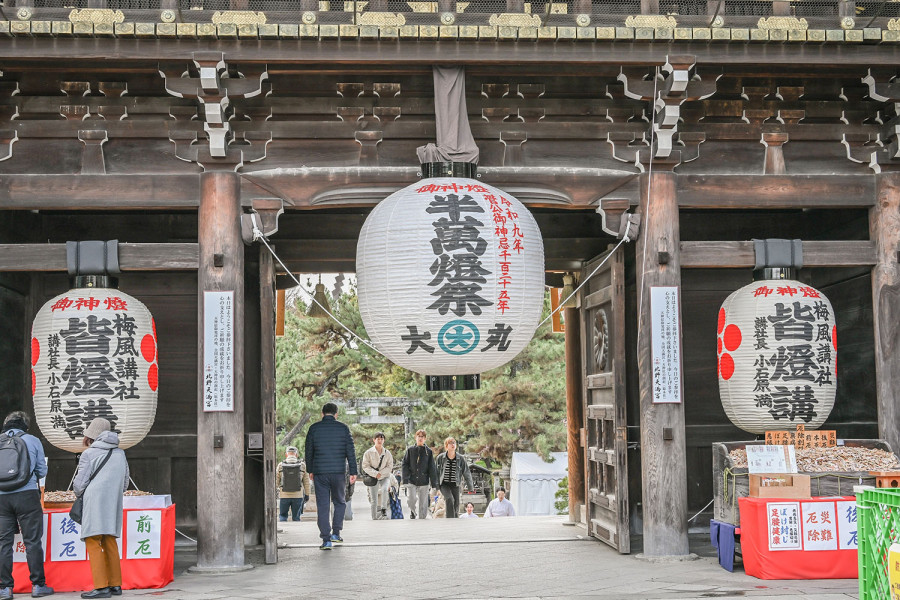
Post Report
Kamigyo-ku
Kamigyo-ku is recognised for its peaceful, residential environment, with several universities nearby. It is approximately 2.8 kilometres from Kyoto.
Pros
The area is home to and near several major universities (like Doshisha and Ritsumeikan), and there are good public transport connections, such as buses and subways, to most of Kyoto.
Cons
English is not widely spoken among residents or staff at smaller stores and housing agencies.
Sakyo-Ku
It is one of the eleven wards in Kyoto, located in the northwestern part of the city. It is near Kyoto University and is home to many international students.
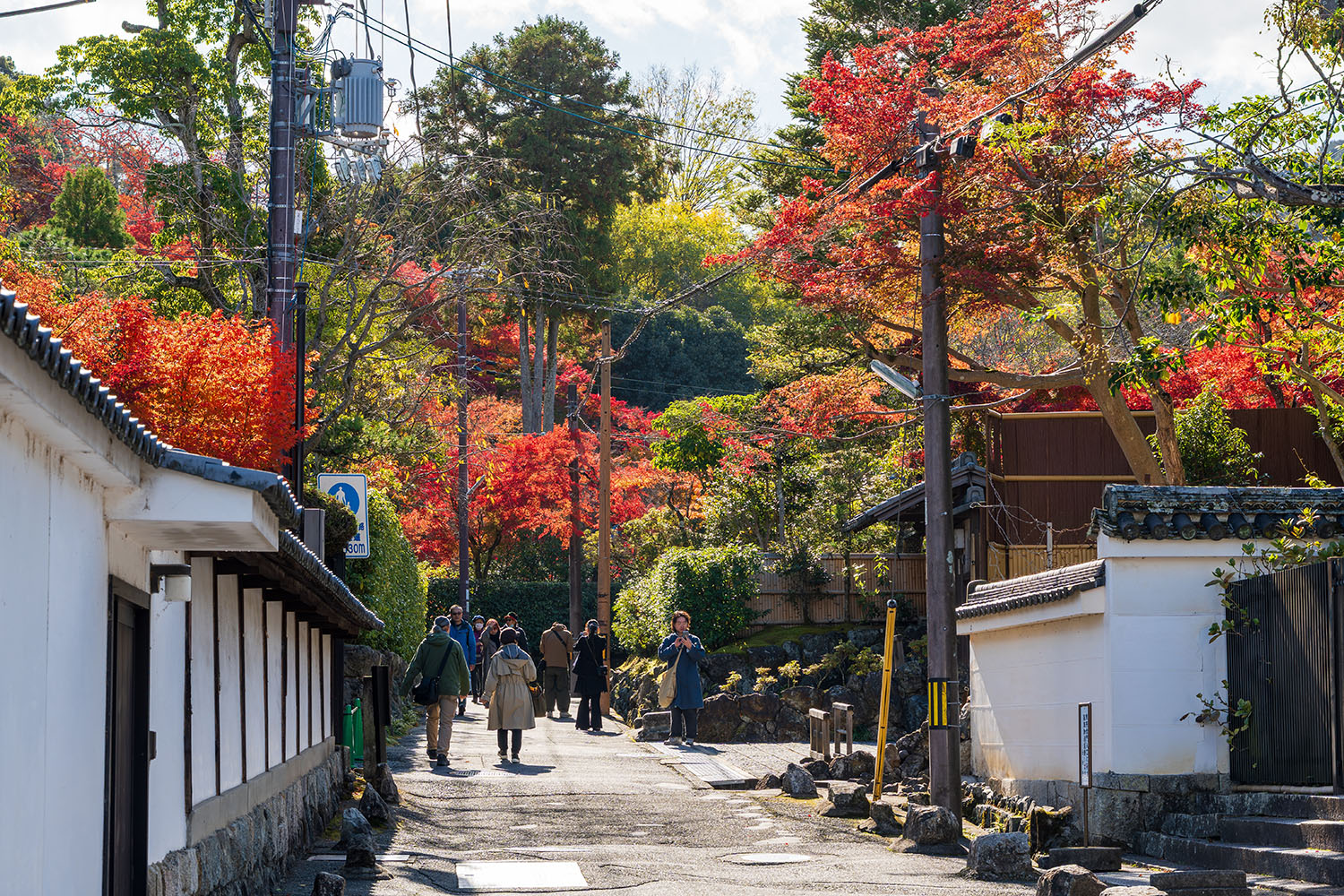
Pros:
There are several affordable share-houses, often with no deposit or key money required, making it easier for students to move in on a tight budget. It is about twenty-five minutes by bike or bus from Kyoto Station.
Cons:
It is not directly connected to Kyoto’s subway, so travelling downtown can take longer. Daily necessities and food options are geared more towards Japanese students than international and Nepal-specific stores or restaurants are limited compared to Tokyo.
Fushimi
Located in southern Kyoto, Fushimi is well connected to central Kyoto via the Keihan and Kintetsu lines. The average rent for a 1K or 1DK apartment is around 45k to 55k yen, slightly cheaper than central Kyoto.
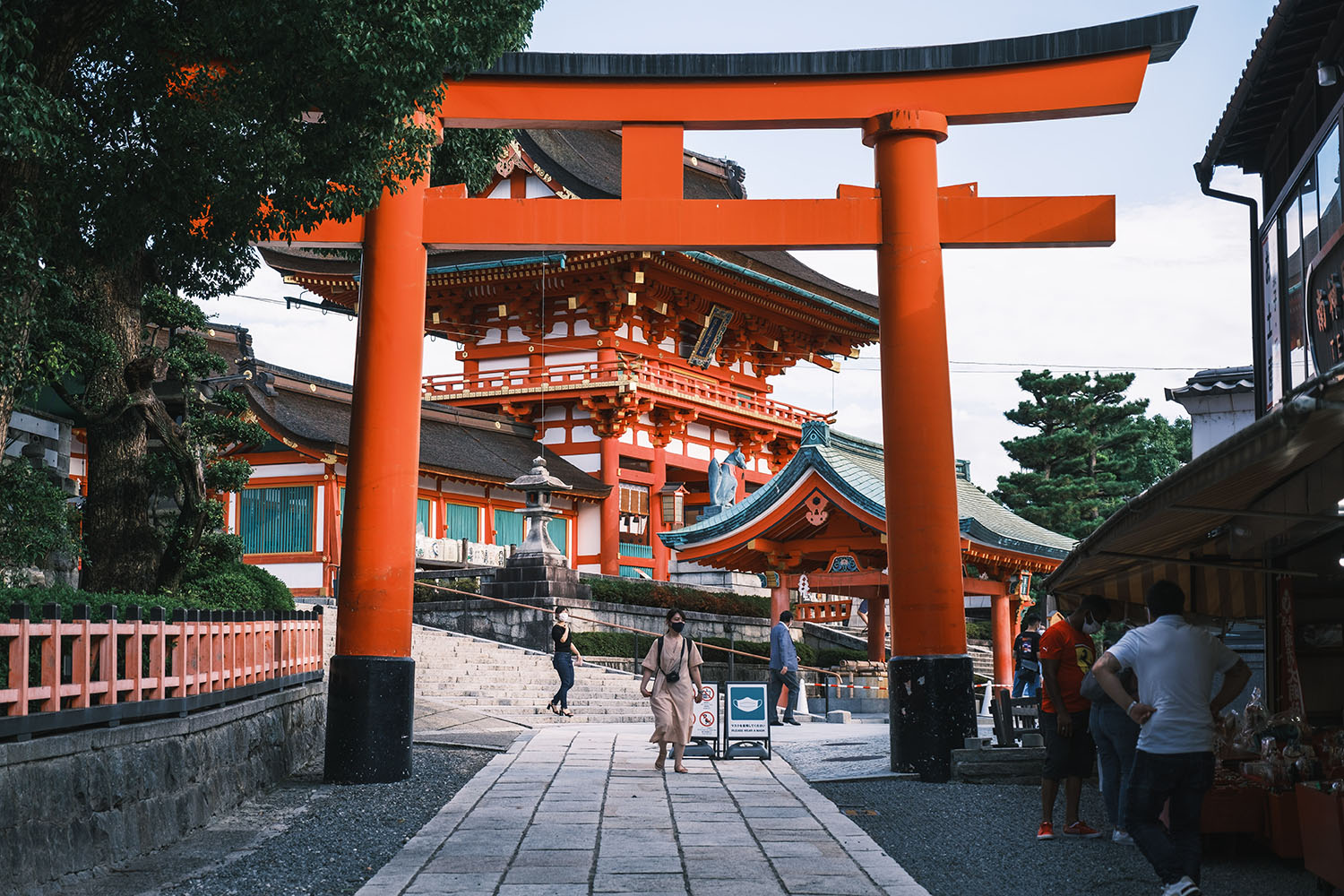
Pros:
The area is rich in history and culture, with famous sites like Fushimi Inari Shrine nearby. There are many supermarkets, local eateries, and open markets offering affordable groceries and meals for Nepali students.
Cons:
It’s more suburban and less lively than University areas, so student life may feel isolated. Older buildings are common, and not all rental properties are modern or well-equipped.
Nakagyo- Ku
At the heart of Kyoto, Nakagyo-ku is one of the city’s most accessible districts. It reflects a blend of modern urban living and historical charm, characterised by its vibrant local atmosphere, cultural sites, and diverse amenities.
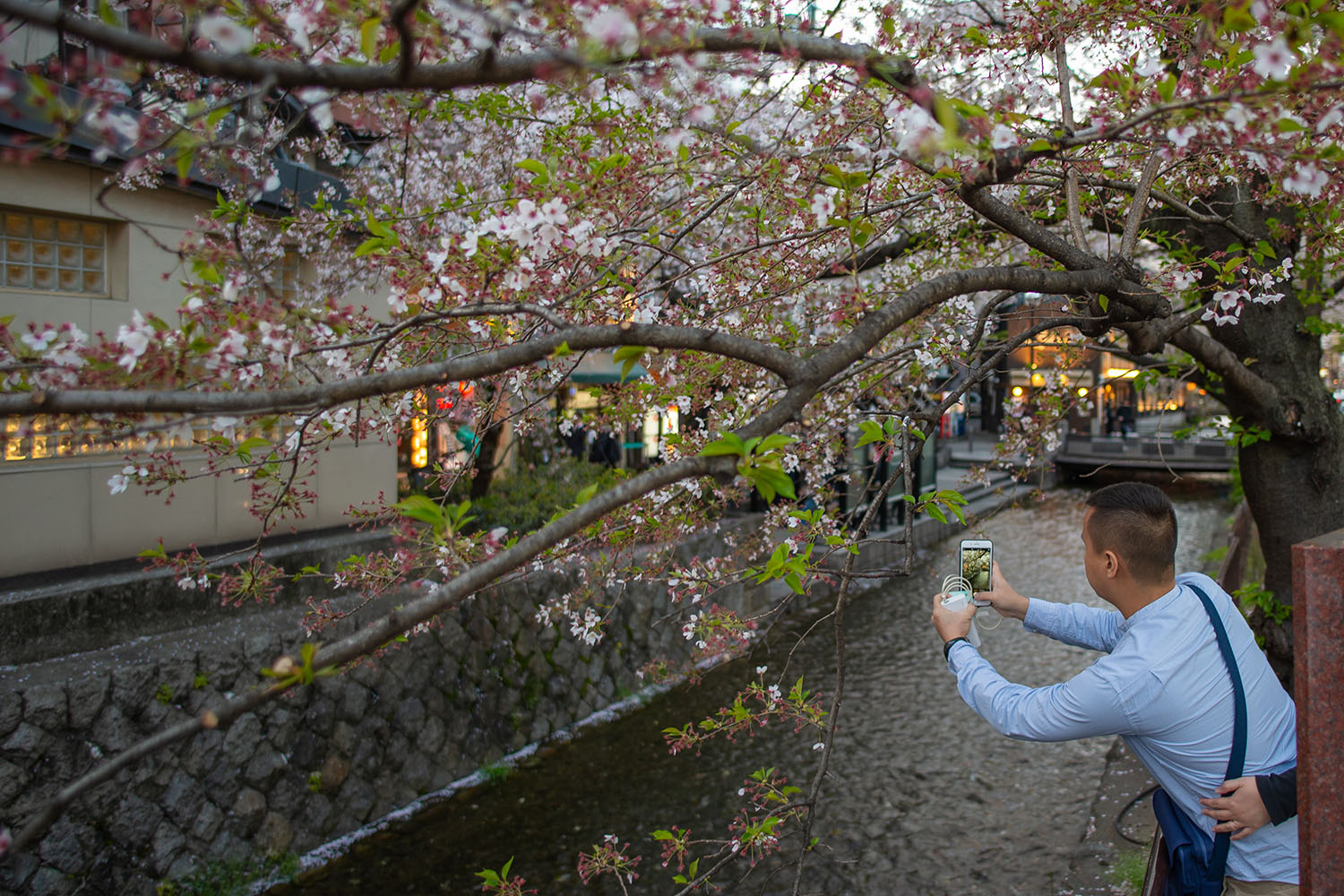
Pros
It provides connectivity through various public transport options, which allows for convenient travel to universities and across the city. The area offers a lively social environment, with a wide selection of cafes, shops, and cultural landmarks, making daily life convenient.
Cons
Rental costs are typically higher compared to more suburban areas, and the busy urban surroundings may not be ideal for students seeking a quieter, more focused study environment.
Minami-ku
Minami-ku is located in southern Kyoto and is known for its practical living environment. While not as scenic as central or northern Kyoto, it offers functionality, affordable rent, and good transport access.
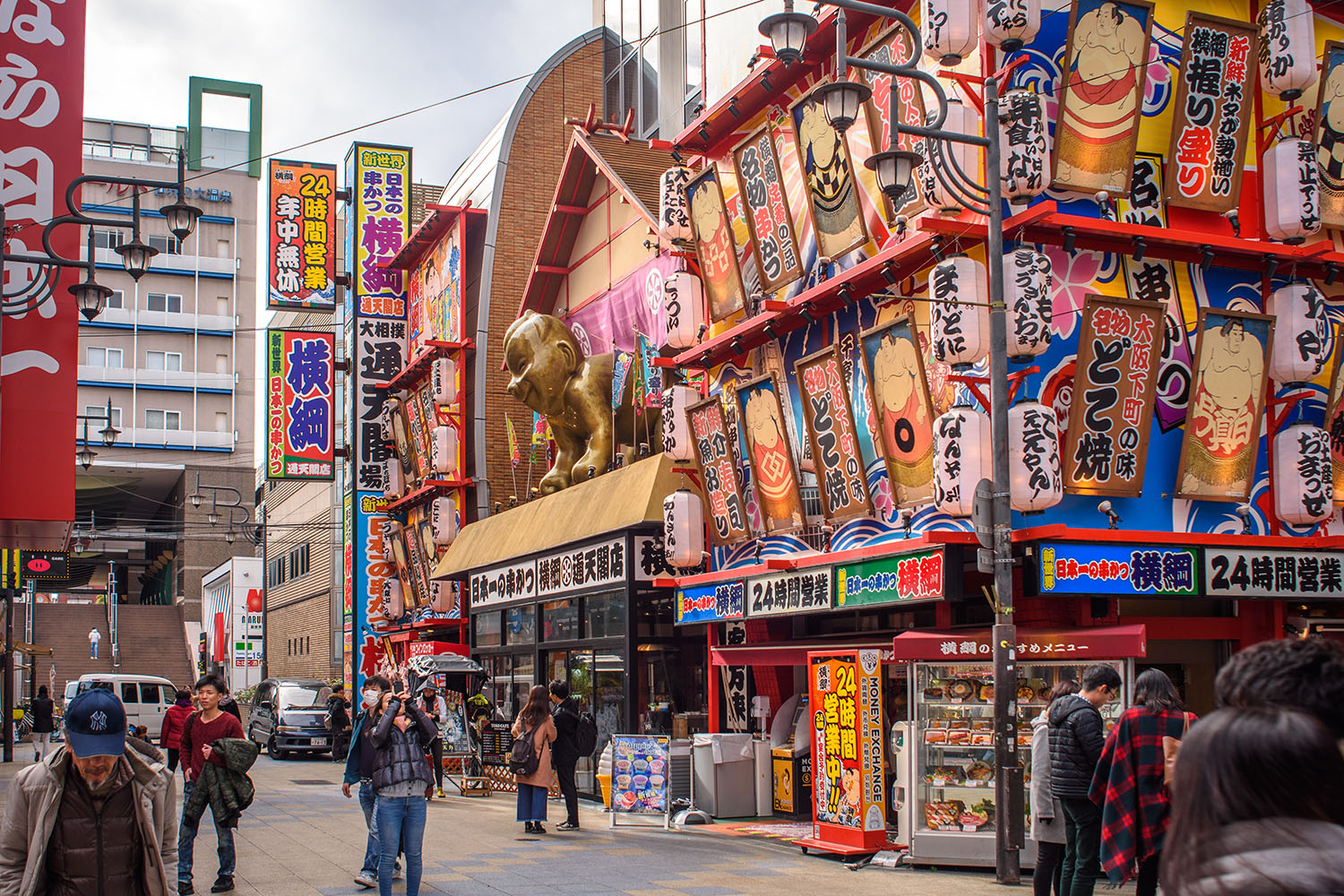
Pros:
Minami-ku is one of the most budget-friendly areas in Kyoto, ideal for students looking to minimise living expenses. It is well-connected via Kyoto Station and express lines, offering easy access to both Osaka and other university areas.
Cons:
It has fewer scenic spots, and the surroundings can feel more industrial and less atmospheric, which may not appeal to those Nepali students seeking a more immersive Kyoto experience.
Higashiyama-ku
Higashiyama-ku offers a serene environment for students who appreciate cultural richness and peaceful surroundings.
Pros:
The ward is close to Kyoto University of the Arts and Kyoto Women’s University, making it ideal for students. Quiet residential areas and local supermarkets ensure comfort and convenience.
Cons:
Higashiyama-ku can become crowded during tourist seasons, which may disrupt the peace. Housing tends to be older with fewer modern apartment options, and public transport options are limited compared to more central areas.
________
Based on our conversations with the local Nepali students in Kyoto.




 11.12°C Kathmandu
11.12°C Kathmandu


